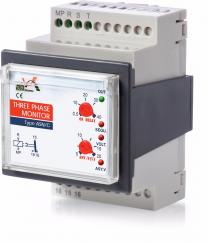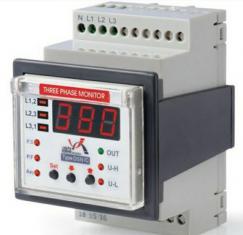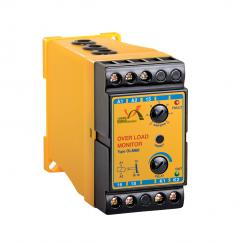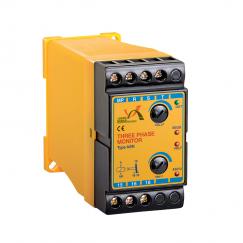Monitoring & Protection
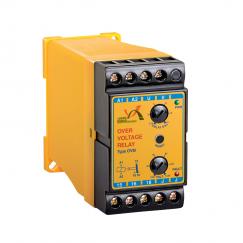
Recognition of overvoltage
Setting voltage range adjustable from 20 to 120% of voltage limit
Relay OFF delay time adjustable from 0.15 to 10 seconds
2 signals:
- PWR: Input voltage
- FAULT: Fault condition
OVM
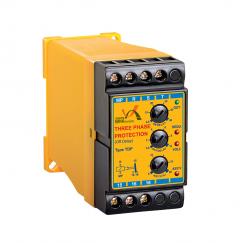
Phase sequence change identification
Phase disconnection identification
3phoase voliage asymmetry identification
Network voltage reduction identification
Connection Time selection capability, after error correction
Signals that display various errors and normal status
Protection of electro motors against network faults
TDP
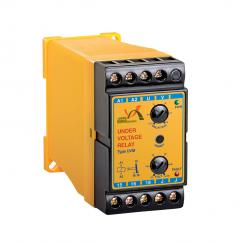
Recognition of undervoltage
Setting voltage range adjustable from 5 to 100% of voltage limit
Relay OFF delay time adjustable from 0.15 to 10 seconds
2 Signals
- PWR: Input voliage
- FAULT: Fault condition
UVM
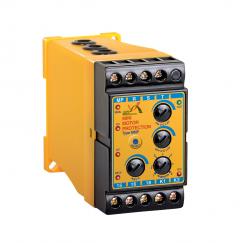
Voltage Protection:
Recognition of changes in phase sequence
Recognition of network overvoltage
Recognition of network undervoltage
Recognition of a phase loss
Capability of setting asymmetry in voltage of three phases ® Fast disconnection in case of fault
MMP
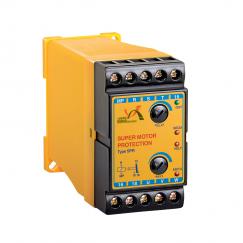
Protection against network phase loss
Protection against contactor’s imperfect contact
Protection against network undervoltage
Protection against phase reversal
Recognition of phase loss on the side of high-voltage network ® Fixed OFF delay time (0.5 second) in case of fault
Protection against network voltage asymmetry of 5 to 15%
Adjustable ON delay time from 0.5 to 30 seconds
SPR
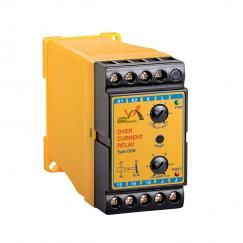
Setting voltage range adjustable from 5 to 100% of voltage limit
Relay OFF delay time adjustable from 0.15 to 10 seconds
2 Signals
- PWR: Input voltage
- FAULT: Fault condition
OCM
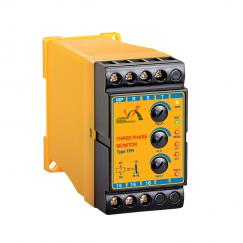
Recognition of changes in phase sequence
Recognition of network undervoltage
Recognition of network overvoltage
Recognition of a phase loss
Capability of ON delay time adjustment after fault correction
Capability of three phase undervoltage adjustment
Capability of setting asymmetry in voltage of three phases
Fast disconnection in case of fault
Motor protector against network disorders
TPR
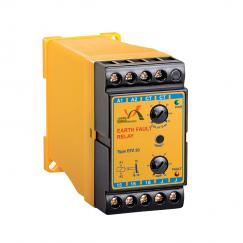
FAULT RELAY
Recognition of changes in phase sequence
Recognition of phase loss
Recognition of asymmetry in voltage of three phases
Fast disconnection in case of fault
Capability of selecting energization time after fault comection
Having display signals for different faults and normal status
EFZ
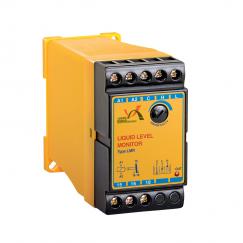
Control of pumps
Protection of water pumps against dry running (without water) ® Avoiding tanks overflow
Tanks automatic filling
Recognition of liquids conducting capability
One display signal:
OUT: Output energization
LMR
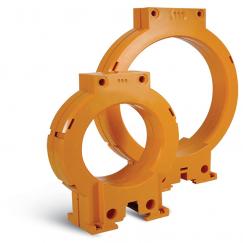
Revelator of earth fault
Isolated from high-voltage network
Internal diameters of 8, 15 and 28. cm
Usable for earth fault relays (ampere range) and earth leakage relays
(milliampere range)
Adaptable to different types of earth leakage and external earth fault relays
CT
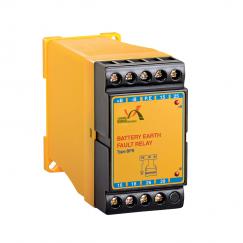
Recognition of battery +pole earth fault
Recognition of battery -pole earth fault
Having two separated relays for the above faults
Two display signals:
+8: Battery +pole earth connection
-B: Battery -pole earth connection
BFR
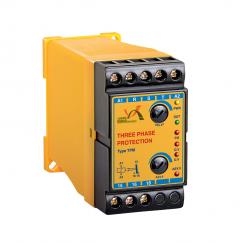
Recognition of changes in phase sequence
Recognition of a phase loss
Recognition of asymmetry in voltage of three phases
Recognition of network undervoltage
Recognition of network overvoltage
Having display signals of input supply, normal status (output energization), phase sequence, asymmetry in voltage of three phases, uncdervoliage and overvoltage
TPM
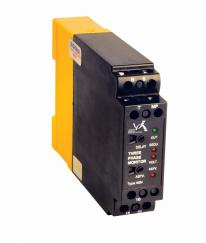
Phase sequence change identification
Phase disconnection identification
phase voltage asymmetry identification
Network voltage reduction identification
Instant disconnection at the time of fault occurrence
Connection Time selection capability, after error correction
Signals that display various errors and normal status
Protection of electro motors against network faults
– Phase disconnection
– Phase disclacement
– Voltage decrease more than the allowed limit.
– 3phoase voliage asymmetry more than allowed limits
– The consecutive power connection and disconnection shock
Principles of Operation
Affer connecting Null to MP terminal and phases to the T.3.R terminals. the device begins to operate. After each enor comection. the device begins timing. At the end of adjusted time (DELAY). OUT signal geis ON and device intemal relay gets connected (intemal contact of terminal 15 to 18 is made).
Attention: If the status of the 3 phases is not normal. the timing does not begin.
Incase cfaneror(suchosvoltage decrease. phase disconnection andorphase displacement) in 34ohase network. the foult signal gets on. and the intemal relay also gets disconnected simultaneously by the tum off of the output sgnal (intemal contact of terminal 15 to 16 is made.
Attention: in case of the existence of an emor in S-phase network at the beginning of the operation. the related signal wil remain on and the intemal relay will not get connected.

